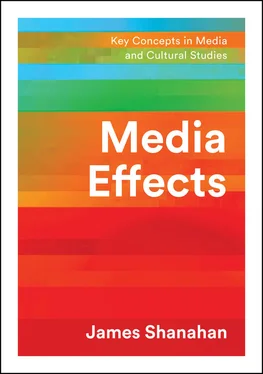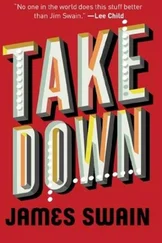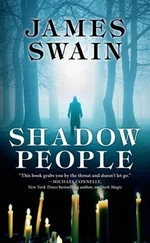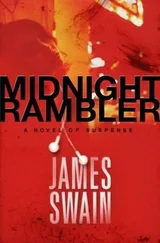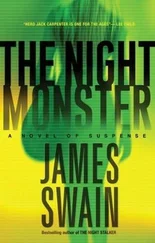Media that could address the mass meant the construction of a characteristically mass audience (Butsch, 2000). Sensing the eventual predominance of the mass audience, around the turn of the twentieth century, sociologist Gustav Le Bon had developed the idea that “crowds” could be analyzed as a unit, leading to notions that public opinion, though composed of many individual opinions, ironically acts with something like an intentional and centrifugal force, one that was changing the governance of nations:
the voice of the masses has become preponderant. It is this voice that dictates their conduct to kings, whose endeavor is to take note of its utterances. The destinies of nations are elaborated at present in the heart of the masses, and no longer in the councils of princes. (Le Bon, 1952 [1896], p. 16)
These social groupings were seen as having an intentionality just like that of an individual. Opinion began to be elevated from something that an individual person might have to something a mass could develop as its own volitional characteristic. Masses could “think,” masses could “act,” masses could render judgments, and the judgments of the mass were more frequently becoming paramount in twentieth-century politics.
Le Bon’s writings on the topic crystallized some of the feelings that were to galvanize media effects researchers. His conception of the crowd was based in what Freud would later call the “id.” “When studying the fundamental characteristics of a crowd we stated that it is guided almost exclusively by unconscious motives. Its acts are far more under the influence of the spinal cord than of the brain” (1952 [1896], pp. 16–17). The crowd acts instinctually and irrationally, and not much can be expected from it in terms of explaining why it reacts in the way that it does. Despite the difficulty in explaining crowd behavior, the idea that mass media play an important causal role is not easily dismissed. Images, feelings, reactions: these are the stock-in-trade of the crowd, which can swing wildly from one pole to the next. Le Bon’s ideas had been formed by things that were starting to happen as early as the French Revolution, but it was the media developments of the twentieth century that allowed his work to have continued relevance.
Another facet of media effects thinking that Le Bon’s work predicted was the appeal of stories and narratives to the crowd. Crowds and masses seemed especially good at seizing a particular narrative, and then carrying out actions based on the moral of that story with much more zest than an individual could. Le Bon’s view of history is instructive:
[W]orks of history must be considered as works of pure imagination. They are fanciful accounts of ill-observed facts, accompanied by explanations the result of reflection. To write such books is the most absolute waste of time. Had not the past left us its literary, artistic, and monumental works, we should know absolutely nothing in reality with regard to bygone times. … Our interest is to know what our great men were as they are presented by popular legend. It is legendary heroes, and not for a moment real heroes, who have impressed the minds of crowds.
Unfortunately, legends – even although they have been definitely put on record by books – have in themselves no stability. The imagination of the crowd continually transforms them as the result of the lapse of time … (Le Bon, 1952 [1896], p. 48)
Public consternation with the new powers of the mass – basically a crowd acting under the influence of coordinated media messages designed for and directed to that crowd – was an important factor that contributed to later research interest in media effects.
“A word has appeared”: Propaganda
Historical developments played a major role in how scholars would specifically conceptualize media effects. The period around World War I turned out to be crucial. In Europe, media were being used in new ways to create propaganda to support the war aims of either side. Newspapers and other print media such as posters developed very graphic depictions of each other as the enemy (British propaganda, for instance, referred to the Germans as the “Hun”), and these messages reached across the Atlantic as well. It was a major moment of reckoning for Americans with their still-developing mass media system. While every war had featured to some degree the effects and influences of communication, its role was greatly heightened in World War I, with newspapers actively playing a role in fomenting American involvements. Woodrow Wilson’s government used specific techniques of organized public communication to create support for US participation. After the war there was significant disappointment with the US role, and a sense that the country had been duped into something it might not have otherwise done given better information. Given that the war did not really produce any better outcome in Europe – things actually got worse – Americans were left wondering whether their participation had been worth it, or had they been fooled by the new mass messaging?
“Propaganda,” a term that had languished somewhat since its coinage by the Catholic Church in the seventeenth century, thus began to come to the fore as the “dark side” of the emerging mass media phenomenon. “A word has appeared which has come to have an ominous clang in many minds – Propaganda” (Lasswell, 1927b, p. 2). What to do? From a research standpoint, scholars in the social sciences began to wonder whether it would be possible to document or even measure its negative impacts. The earliest and most prominent of these was Harold Lasswell, a political scientist whose work became very influential in the development of models and research questions in media effects. Lasswell wanted to move the study of media phenomena in a behavioral direction:
The strategy of propaganda, which has been phrased in cultural terms, can readily be described in the language of stimulus-response…. The propagandist may be said to be concerned with multiplication of those stimuli which are best calculated to evoke the desired responses, and with the nullification of those stimuli which are likely to instigate the undesired responses. (Lasswell, 1927a, p. 631)
Lasswell was reflecting the emergent confidence that social scientists could make something of an exact science of mediated communication, with the ability to predict outcomes and perhaps even to create messages based on quantitative understandings of audience characteristics and reactions. Terms such as “stimulus-response,” “instigate,” “evoke,” and “calculate” are words that are starting to move toward what would become the dominant American approach to media effects research. It was not long after Lasswell’s words that scholars from a variety of disciplines were pushing toward what would eventually become the media effects field.
Concurrently, in journalism, prescient commenters were beginning to recognize the power of media to present and even shape political reality in newspapers and in other print media. The most well-known of these was Walter Lippmann, a columnist and an early example of a public intellectual. In Public Opinion (1922), Lippmann put forth a concern with the “pictures in our heads,” which often did not coincide with reality. These were images about reality that were largely gained through media exposure. Lippmann pointed out that many (or even most) of the things we “know” to be true of the world can only be gained through media exposure. The superimposition of media images and constructions onto the world of politics and culture threatened a cherished principle of our democracy: that we can adequately know reality and base deliberative action by working from our own sense data. For Lippmann, influenced himself by his own experiences in World War I, we more often worked from “stereotypes.” Rather than observing and then defining what we saw, we defined first and then observed. Or worse: others defined for us and then we saw. This fact – the power of media to set conditions for and then structure human observation – would become very much a leitmotif in looking at media effects from both sociological and psychological perspectives. Ultimately, Lippmann was concerned that our actions, based on media-supplied images, were taking place in a pseudo -environment, one which paradoxically became, through our collective actions, the actual lived environment.
Читать дальше
